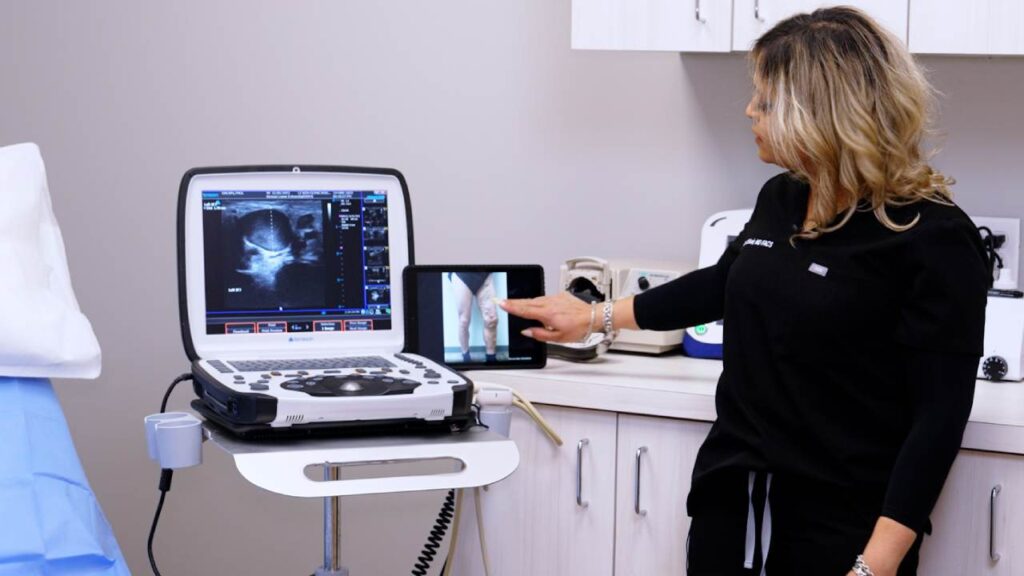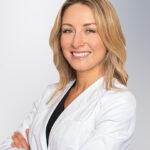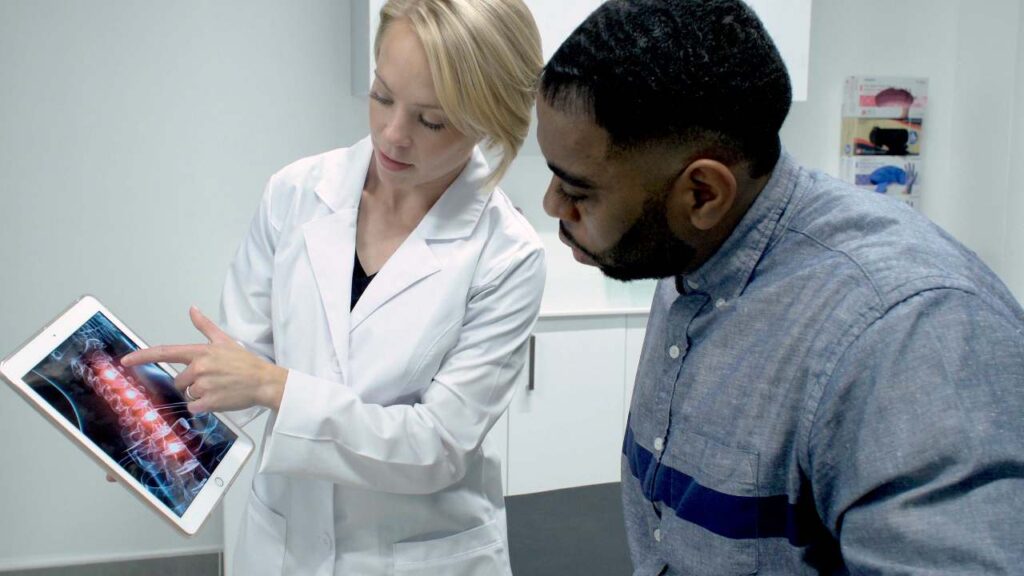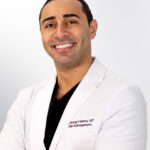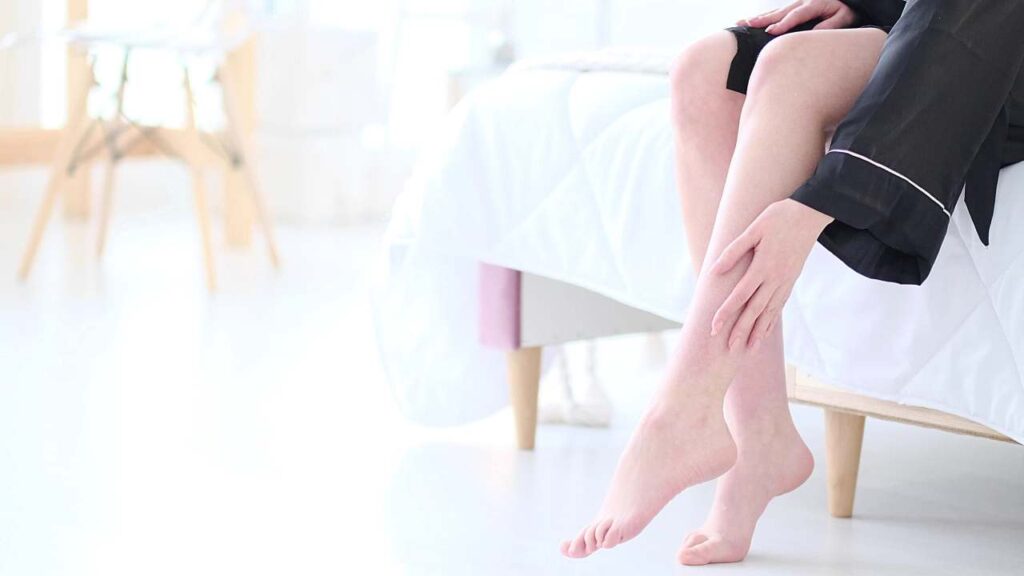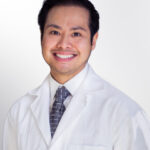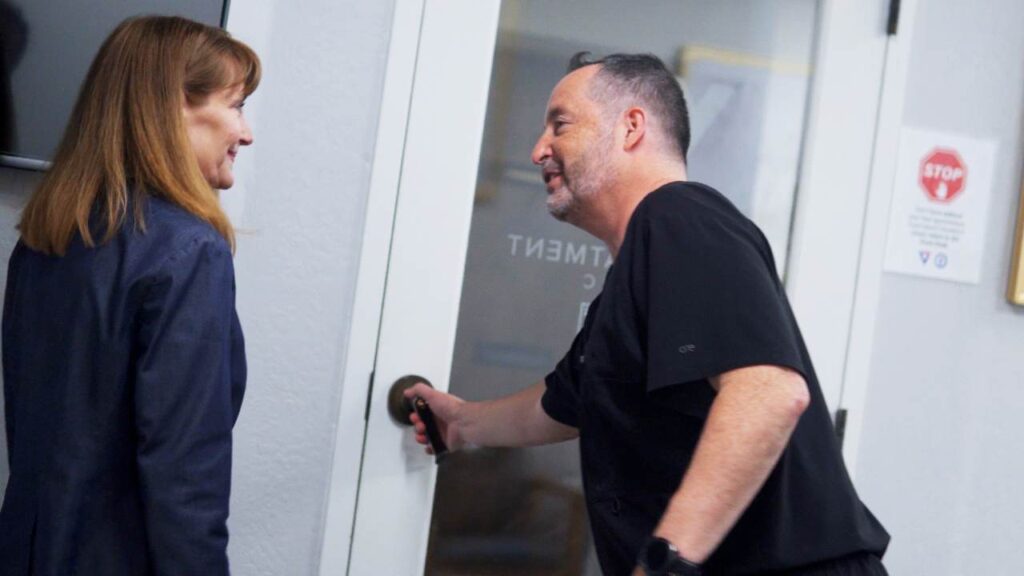The human body has a vast network of veins that help carry blood from all organs to the heart. The veins in our legs and face have the most work to do as they are the furthest away from the heart. Veins on the legs have to pump blood against gravity, making their job even tougher.
To prevent blood from flowing back into the legs, veins have valves that close if blood tries to flow backward. But over time, some valves may weaken. When this happens, blood may get collected in the veins, straining against the walls of the veins. This is what causes vein diseases.
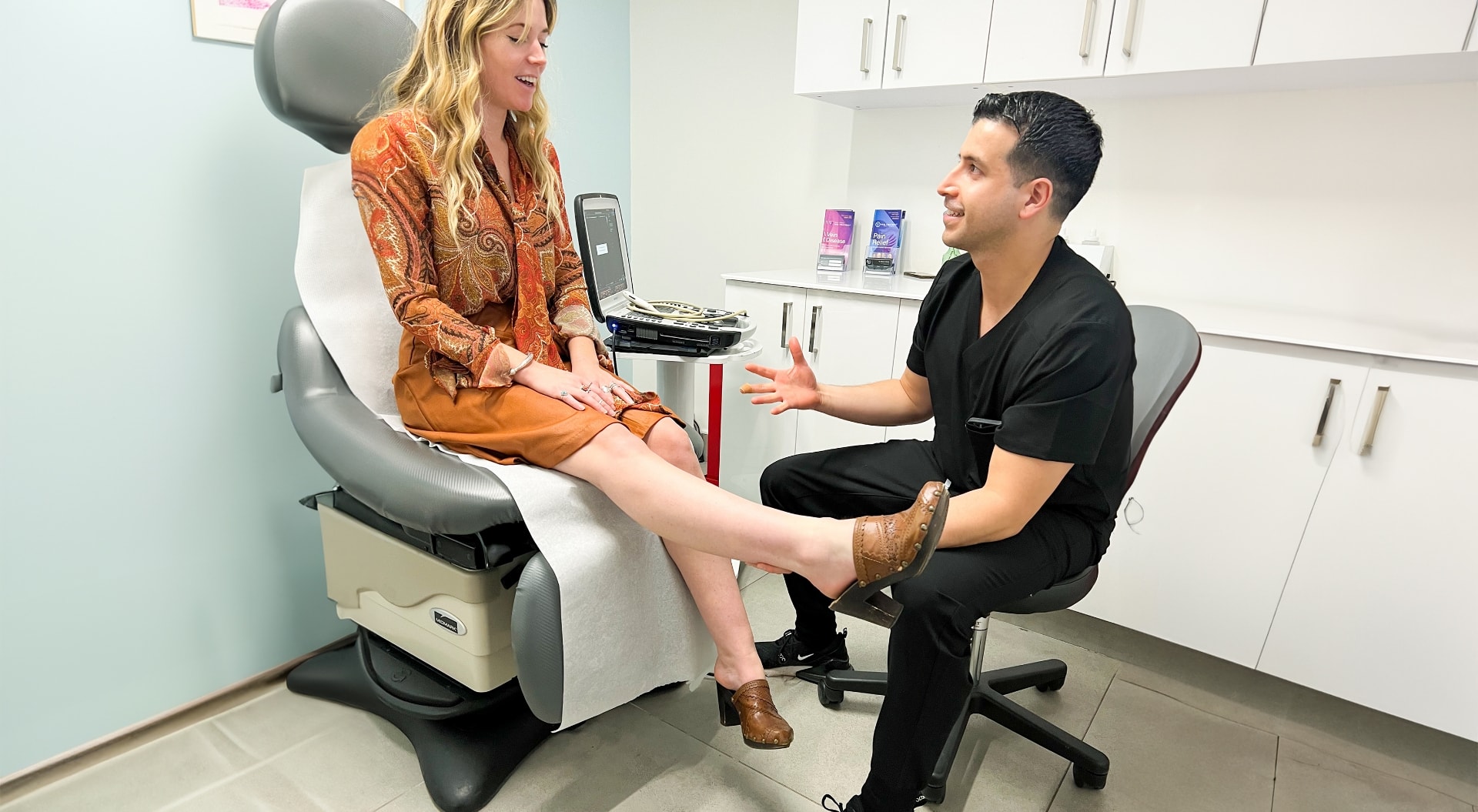
Top 10 risk factors for vein diseases
Vein diseases are caused by a number of controllable and uncontrollable factors. Here are some of the controllable risk factors:
- Smoking and Drinking Alcohol Excessively
Smoking has an immediate effect on the veins, causing them to get constricted or narrow down. Although this effect is short-lived, long-term smoking can over time result in permanent changes in the shape of the veins. Narrower veins make it more difficult to carry blood against gravity, increasing the risk of vein diseases.
Drinking alcohol excessively increases the heart rate and blood pressure. Increased blood pressure increases strain in the veins, also increasing the risk of vein diseases.
- Obesity
Carrying excessive weight in the body can make it harder for the veins to pump blood up the legs against gravity. This can lead to the valves in the veins weakening and increase the risk of developing spider and varicose veins.
- Work, or any lifestyle involving prolonged standing
If you are required to stand for very long hours at work or have a general lifestyle in which you spend a lot of time on your feet, this can also increase the risk of vein diseases. This is because being on your feet for long periods of time means that the veins in your legs are constantly having to work against gravity pushing the blood up to the heart with little rest.
- Poor diet
A diet that is high in salt can increase your blood pressure and add to the strain on your veins. A poor, unbalanced diet can also lead to obesity, which as earlier discussed, can also increase the risk of vein diseases.
- Lack of exercise
Regular exercise can promote the healthy circulation of blood in the body. Not only that, exercises that focus on calves can strengthen calf muscles. Calf muscles work together with veins in the legs to push blood up to the heart. Not having enough exercise on the other hand weakens calf muscles, which means they cannot provide the necessary support to the veins.
All the above-listed factors can be controlled and will reduce the risk of developing spider and varicose veins. However, it cannot be guaranteed that even if you don’t smoke or drink, have a healthy weight, have a healthy diet, and exercise regularly, you will not develop spider and varicose veins. This is because there are other risk factors that also come into play, and these factors, unfortunately, cannot be controlled by people. Here are the uncontrollable risk factors of vein diseases:
- Biological Sex
Women are more two times likely to develop vein diseases than men. This is because female hormones such as estrogen and progesterone can also act as muscle relaxants. This can increase the risk of blood pooling into the veins in the legs.
- Genetics
Genetics can play a major role in the likelihood of developing vein diseases. If you have family members who have spider or varicose veins, it is more likely that you will develop them too.
- Age
As we grow older, our veins and muscles grow old with us as well. Muscles and veins weaken with age and it becomes harder for the veins in the legs to push blood against gravity. This can increase the risk of vein diseases.
- Height
Tall people are more likely to develop vein diseases than shorter people. The reason behind this is very simple; the veins in the legs have to pump blood a greater distance if you are tall. This means that the veins have to work harder, and are more likely to weaken over time.
- Pregnancy
Pregnancy can also increase the risk of developing vein diseases. This is because, during pregnancy, the body increases its blood volume by 20% to 45%. The increased volume of blood adds more pressure to the veins. Not only that, the body gains up to 10 to 12 kg. This added weight also adds more pressure. To top it all, the expanding uterus can apply pressure on the pelvic veins. All of this makes it harder for the veins in the legs to do their job. This added strain increases the risk of developing spider and varicose veins.
If any of these risk factors apply to you and you would like to know more about the best vein treatment options for you, book an appointment with the best vein doctors in California.
In San Jose, our vein center is located in a beautiful neighborhood near Palo Alto, Sunnydale, and Santa Clara. It is down the block from the Santa Clara Medical Center and the Santana Row Shopping Mall.

